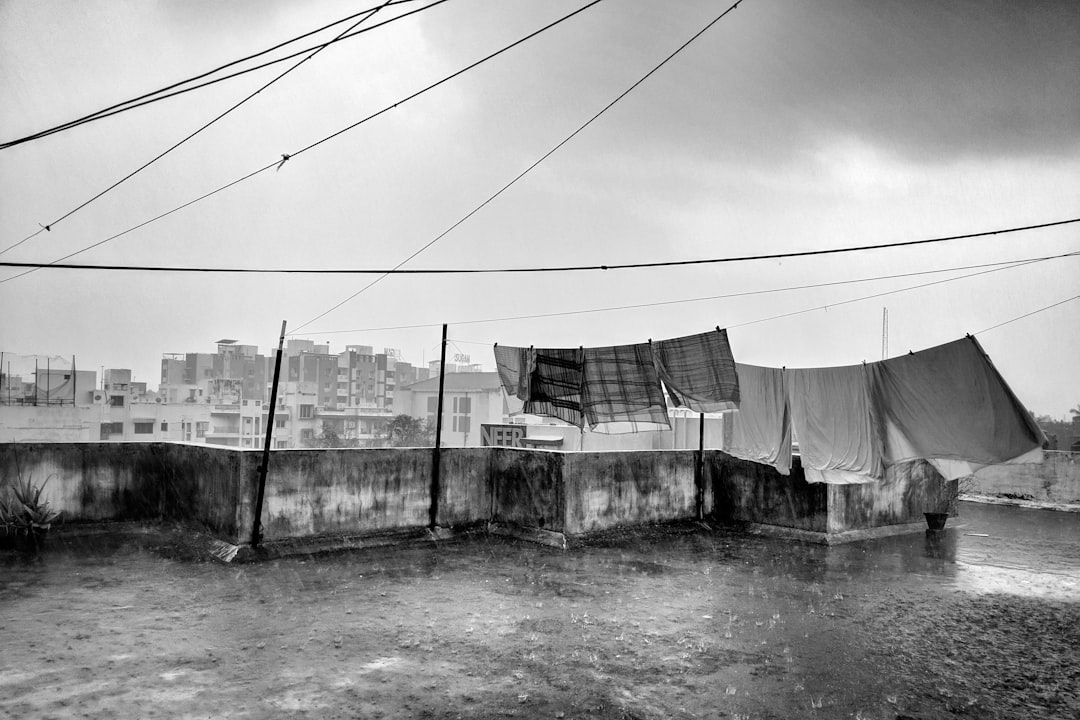What is it about?
Weather radar technology offers a unique means for hydrological applications characterizing precipitation patterns with high space-time resolutions. In this paper rain gauge and weather radar data are applied simultaneously to improve the knowledge of seasonal and annual amount of precipitation in a protected wetland catchment in central Poland. Analysis of precipitation patterns in years 2004-2008 has demonstrated that significant improvement in the accuracy of precipitation estimation at a catchment scale can be achieved when applying radar data. Two slightly different zones have been detected within the catchment, regarding its annual and seasonal precipitation characteristics. Recommendation refers to the use of high resolution rainfall data responding to the demand for better hydrological process understanding. Described technique, apart from purely hydrologic applications, may be used to identify the subsurface recharge in the areas of high environmental concern for solving water management problems.
Featured Image

Photo by Paul Jarvis on Unsplash
Why is it important?
Analysis has shown that the radar precipitation data significantly improved the spatial precipitation images analyzed at a seasonal and annual time scale. Presented analysis of the spatial radar images can be considered as a basis for the estimation of precipitation as an element of water balance studies in the catchment of ecological importance. It may be applied in other environmental studies to detect the precipitation deficit risk zones or just inhomogeneities of precipitation recharge.
Perspectives
Radar derived spatial precipitation patterns improve significantly the identification of the water balance elements.
Urszula Somorowska
University of Warsaw
Read the Original
This page is a summary of: Annual and seasonal precipitation patterns across lowland catchment derived from rain gauge and weather radar data / Roczna i sezonowa struktura pola opadu w zlewni nizinnej na podstawie danych naziemnych i radarowych, Journal of Water and Land Development, January 2012, De Gruyter,
DOI: 10.2478/v10025-012-0027-7.
You can read the full text:
Resources
Contributors
The following have contributed to this page










